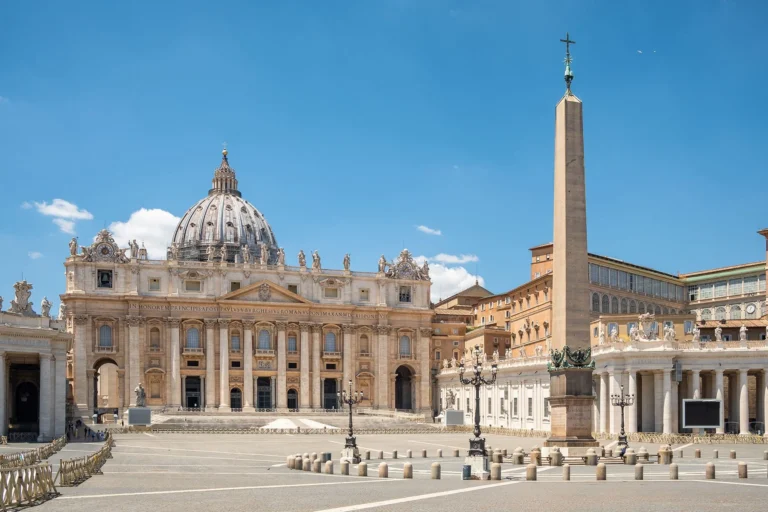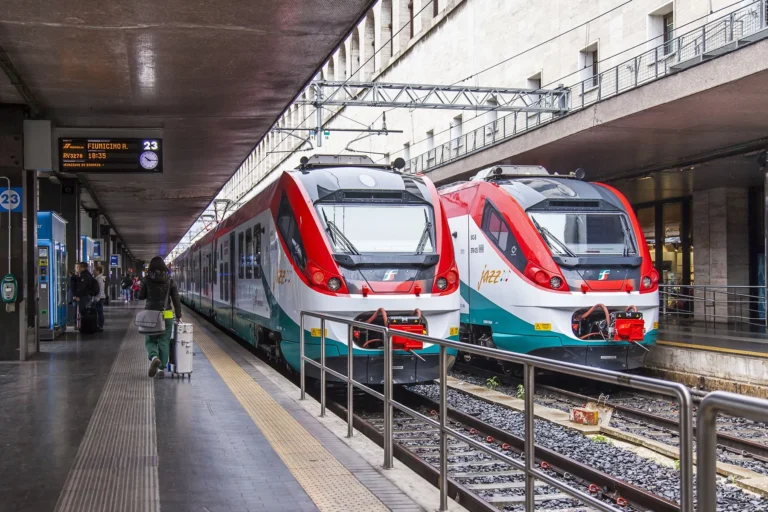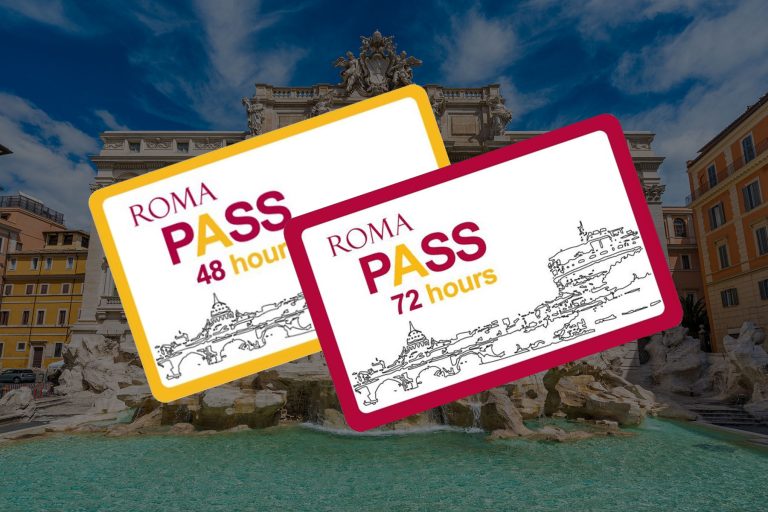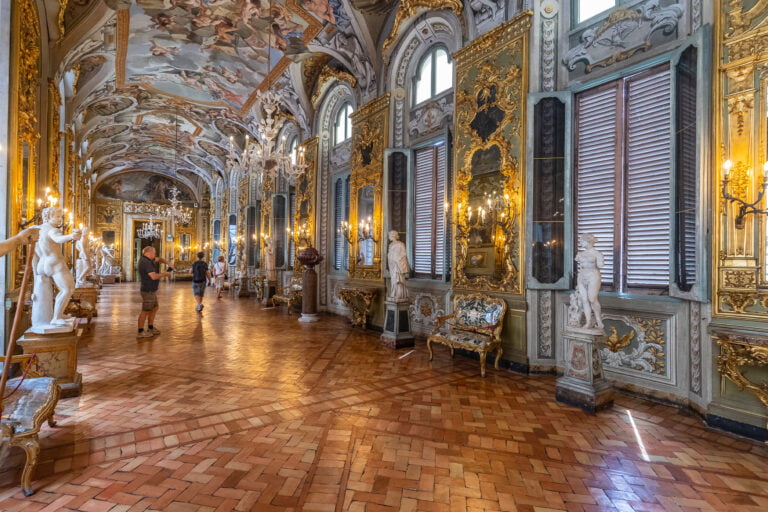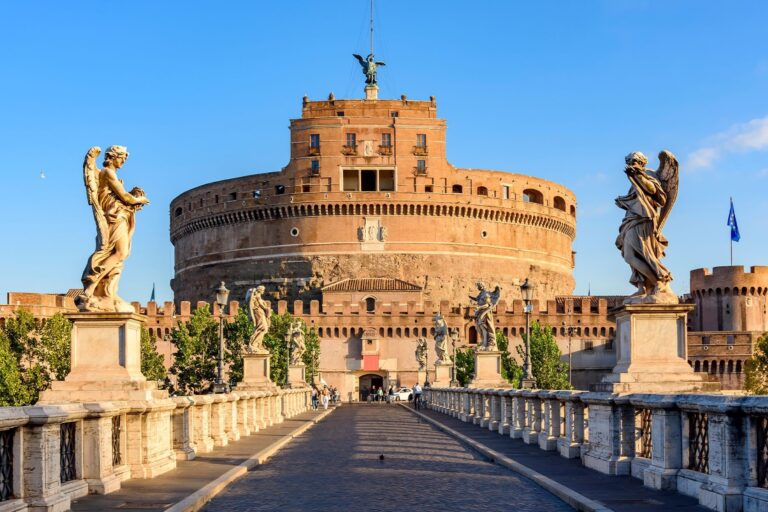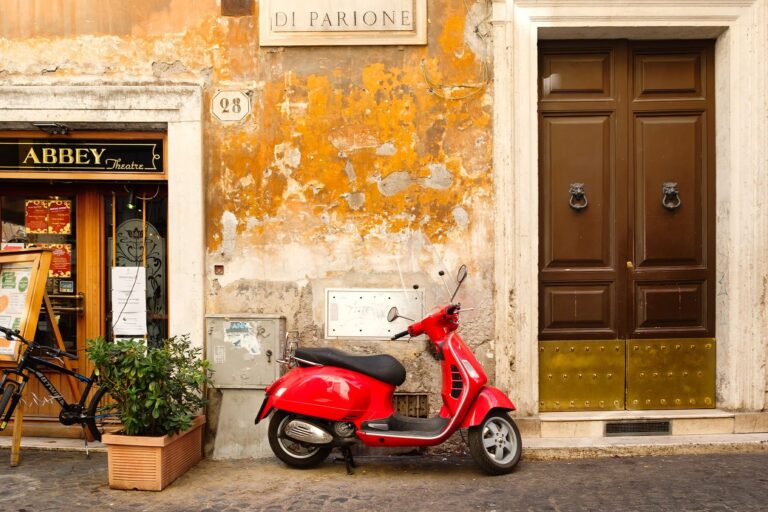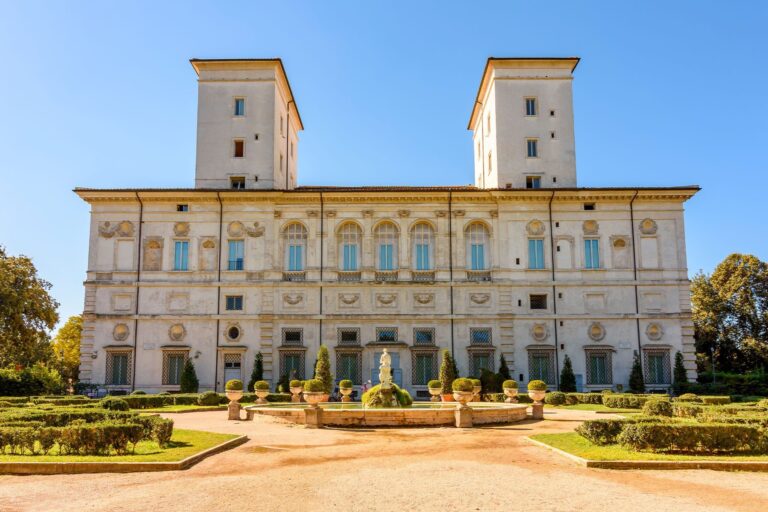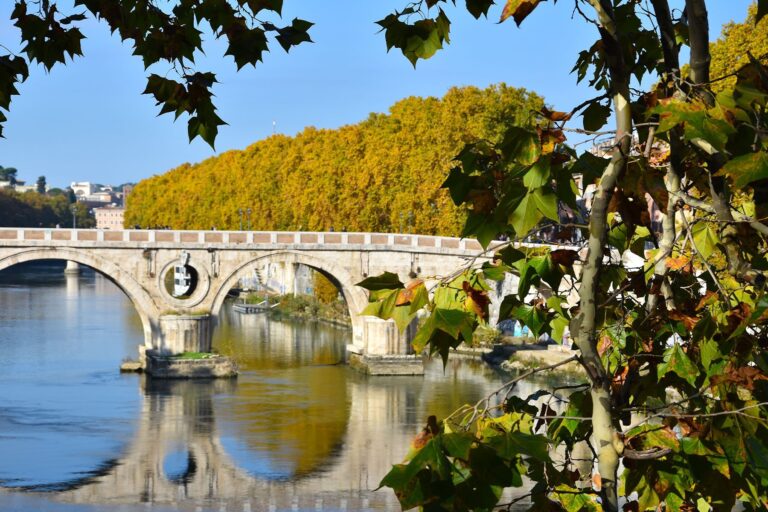Vatican City, or Stato della Città del Vaticano as the Italians call it, is the smallest country in the world and the smallest independent state in the world. Vatican City is spanning no more than 44 hectares and is situated within Italy, in the capital city of Rome. The small state is surrounded by the city of Rome. As such, Vatican City is an enclave within Italy, meaning it is a territory surrounded by the territory of another country. Despite being located within Italy and surrounded by a member state of the European Union, Vatican City itself is not a member of the European Union. However, the Vatican does participate in various international organizations.
Vatican City was established in 1929 as a result of the Lateran Treaty signed by Pope Pius XI and Benito Mussolini. This document established Vatican City as a newly created state that could not formally be considered a continuation or revival of the Papal States.

The board of Vatican City
Just like almost every other country, Vatican City is also legally represented by the Holy See. The Holy See houses the headquarters of the Roman Catholic Church and represents the sovereign authority of Vatican City. The Holy See consists of the Pope together with the Secretariat of State and the various congregations and pontifical councils.
The head of state of Vatican City is the Pope, who resides officially in the Apostolic Palace. The legislative power in Vatican City is exercised by the Pontifical Commission for Vatican City State. This commission consists of five cardinals and is headed by a president. In Vatican City, Italian law generally applies, unless overridden by its own legislation.
The country also has its own fire brigade and police force, the Gendarmerie of Vatican City. Additionally, there is the Swiss Guard, a special military unit responsible for the security of the Pope and the buildings in the country.
Euros from Vatican City
Even though Vatican City is not a member of the European Union, the country does use the euro. Vatican City’s euros can be identified by the image of the Pope. Because Vatican City issues few euros and regularly introduces new coins, there is a real run for Vatican City euros, especially by the coin’s collectors.
The Vatican euros with images, including the Pope, are often sold for significantly higher amounts than their legal value due to their exclusivity. For example, a euro from Vatican City is often sold on various coin websites for prices ranging from 5 to 10 euros, depending on the rarity of the coin. Because many coins from Vatican City end up in collectors’ collections, Vatican City euro coins are very rare, there is a very little chance that you will ever get one in your wallet.

Population of Vatican City
Vatican City has been consistently ranked in the top 3 of countries with the fewest inhabitants for years. Only the Cocos Islands and the Pitcairn Islands have fewer inhabitants, with 596 and 237 residents respectively, compared to the circa 1000 people living in Vatican City. The population of Vatican City mainly consists of clergy, including priests, nuns, cardinals, and the famous Swiss Guard, which is responsible for the security of the Pope and the buildings in Vatican City. In total, about 3000 people work in Vatican City, but these individuals do not reside in the country.
Of the approximately 1000 residents living in Vatican City, about half hold Vatican citizenship and therefore possess a Vatican passport. The last disclosure of how many residents there are and what their population composition is was in December 2011. As of December 31, 2011, there were 594 individuals holding Vatican citizenship. These included 71 cardinals, 307 other male clergy, one nun, 109 members of the Swiss Guard, and 55 laypersons. Virtually all these individuals hold dual nationality and thus possess a second passport alongside their Vatican passport.
While in other countries around the world, nationality is automatically acquired at birth, Vatican citizenship is obtained only through naturalization. Vatican citizenship is primarily intended for clergy so that they can travel with a Vatican passport and receive diplomatic status in countries where their credentials are accepted.
Properties of Vatican City
The Holy See of Vatican City itself own many properties, and has significant holdings in Rome and even elsewhere in the world. Most of these properties are in Rome and Italy. The holdings on Italian territory primarily consist of churches and office buildings. Thanks to the Lateran Treaty, all these holdings have an extraterritorial status similar to that of an embassy of a country. Below is a list of all the Vatican’s properties:
- The Basilica of San Giovanni in Laterano
- The Lateran Apostolic Palace and the Scala Santa
- The Basilica of Santa Maria Maggiore
- The Basilica of St. Paul Outside the Walls
- The Palazzo della Cancelleria
- The Palazzo di Propaganda Fide
- The Palace of St. Callixtus in Trastevere
- The Palazzo del Sant’Offizio with the Congregation for the Doctrine of the Faith
- The Palazzo dei Convertendi, the seat of the Congregation for the Eastern Churches
- The Vicariate Palace
- The Palazzo delle Congregazioni ai Propilei
- The Palazzo Pio
- The Pontifical Roman Major Seminary
- The buildings on the Janiculum Hill (Pio-Roman College, Pontifical Ukrainian University of St. Josaphat, Pontifical North American College, Bambino Gesù Hospital, Church and Monastery of St. Onofrio, Pontifical Urban University, Technical Services area of the Holy See, International College of Santa Monica, General Curia of the Society of Jesus, Institute of Child Mary, Church of Saints Michael and Magnus, buildings of the Calasanctian Sisters, the Sisters of Our Home, and the buildings on Borgo Santo Spirito adjacent to the Curia of the Jesuits).
Outside Rome
- Castel Gandolfo and Lake Albano
- The papal palace, Villa Barberini, and Villa Cybo in the town of Castel Gandolfo
- The area of Santa Maria di Galeria, where the antennas of Vatican Radio are located. This area was gifted to the Holy See by Italy on October 8, 1951

Tourist attractions in Vatican City
Despite its small size, there is plenty to see in terms of sights in Vatican City. Many of the tourist attractions in Vatican City are open to regular tourists, some for a fee and some, like St. Peter’s Basilica, are free to visit. Another remarkable aspect is that all the sights of Vatican City are on the UNESCO World Heritage List. Here you’ll find the enormous St. St. Peter’s Square where the Pope holds the famous services during Easter and Christmas. Additionally, St. Peter’s Basilica is a major attraction of Vatican City. This magnificent church attracts millions of visitors annually, as evidenced by the long queues outside the basilica.
Also, a must-visit during your city trip in Rome are the Vatican Museums (I Musei Vaticani) located in the Apostolic Palaces. In total, the Vatican Museums consist of 26 separate museums where you can admire tens of thousands of art treasures from around the world that the Catholic Church has collected, acquired, or been given over the centuries.
A major attraction of the Vatican Museums is the Sistine Chapel. In the Sistine Chapel, you can admire the most famous artwork by the renowned painter Michelangelo. In this artwork, depicting the Creation of Adam, you can see the hand of God reaching out with an outstretched finger toward the hand of Adam.
Behind the Vatican Museums lie the Vatican Gardens. These gardens cover more than half of the territory of Vatican City and provide much-needed cooling during the hot summers, thanks to the shady spots in the gardens. The Vatican Gardens can be visited, but only by appointment. Additionally, in Vatican City, there are also two sights that are not accessible to tourists but only to accredited scholars. These are the Vatican Apostolic Library and the Vatican Secret Archives.
